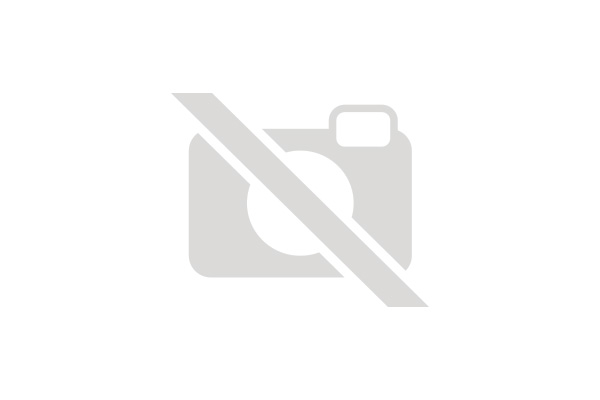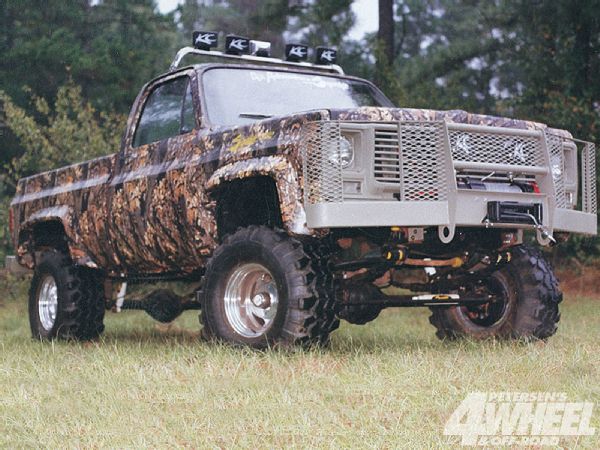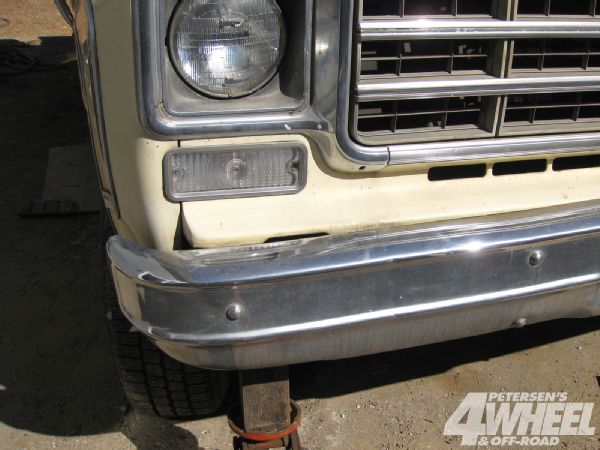
Although an undulating cab isn't as scary as death-wobble steering, it is annoying. Excessive bodyroll and clunking during cornering could mean shot body mounts.
 Body-mount fatigue is normally felt and heard instead of seen as sagging bodylines. Clunking sounds and the cab shifting during cornering are two indicators.
Body-mount fatigue is normally felt and heard instead of seen as sagging bodylines. Clunking sounds and the cab shifting during cornering are two indicators.
Stock-style rubber mounts are quiet and compliant. However, they deteriorate over time. Polyurethane replacements resist chemicals and contaminants, but they have a reputation for being harder.
Replacing cab mounts is like doing a body lift, only on a smaller scale: generally no line or linkage disconnecting is required. Replacement pickup body-mount kits normally only have cab parts (the bed bolts directly to the frame); SUV kits have additional spacers. The Daystar Cab Mount kit shown here for '72-'80 Chevys reuses most of the stock hardware.
 After squirting the body-mount bolts with penetrant, they're loosened all the way around. A floor jack and pieces of 4x4 and 2x4 are used to gently lift the body just high enough to carefully remove the existing mounts, spacers, and hardware.
After squirting the body-mount bolts with penetrant, they're loosened all the way around. A floor jack and pieces of 4x4 and 2x4 are used to gently lift the body just high enough to carefully remove the existing mounts, spacers, and hardware.
Cleaning the OE parts with a wire brush or wheel is advisable. Severely corroded parts should be replaced. Overall, this is an effective, relatively easy fix for cornering "whoas."
PhotosView Slideshow

